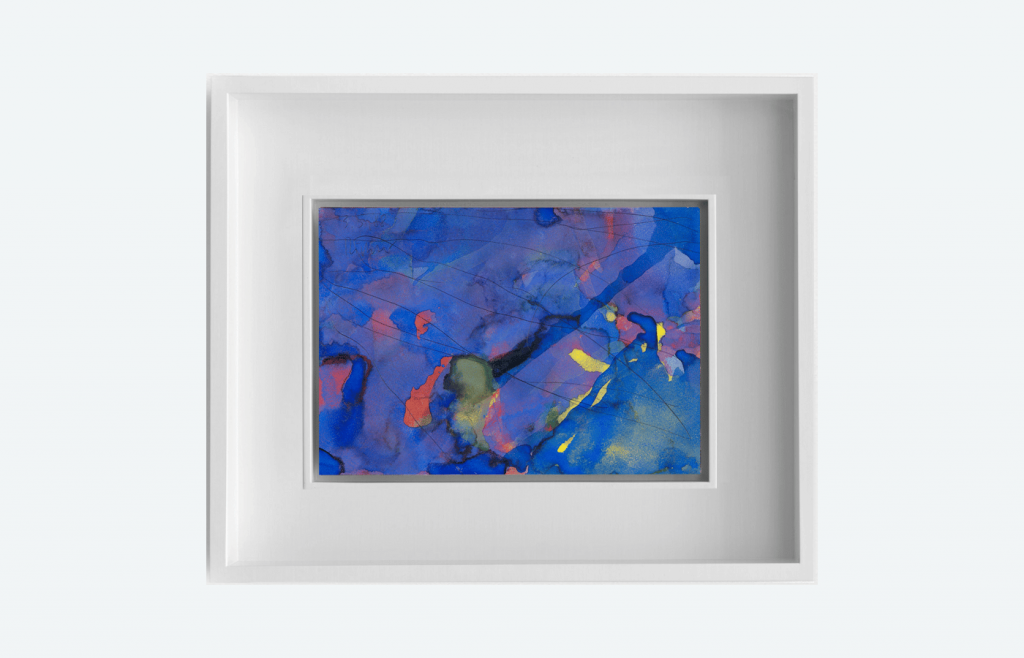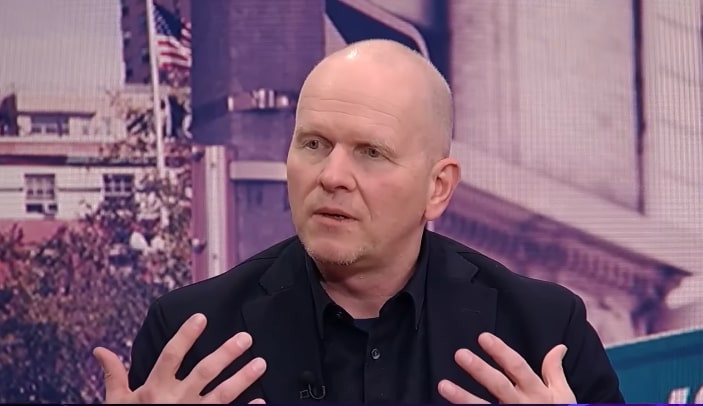Don’t know how to start investing in art? Fintech Startup Arttrade has a solution

Art collecting has a very distinct cachet, one that is exclusive, ostentatious and largely opaque. Blue-chip art and artists (those with proven sales records and a reliable history of increased appreciation) regularly make headlines with record-setting sales, leading many to believe that the market is only available to those with incredible amounts of capital and insider knowledge. how. In recent decades, art as a form of investment has become mainstream, as a greater understanding of its appreciation is more closely studied and understood. In fact, “Big Four” accounting firm Deloitte estimates that by 2026, over $2.7 trillion will be invested in collectibles, mostly art.
Although art is valued and collected for its cultural and aesthetic value, it is also a formidable financial asset – one that has seen a huge boost in the past decade, with over 85% of wealth managers as of 2022 recommending art as a means of portfolio diversification . However, art collecting is often seen as a pastime exclusively for the ultra-rich. We’ve all seen staggering hammerfalls on works of art at major auction houses, or learned of astonishing six- or seven-figure sales at fairs, with costs that have led many (frankly, most) to believe that they simply cannot afford or understand how to invest. in art.

The founders of Arttrade, left to right, Svenja Heyer, David Riemer and Julian Kutzim.
Modern financial technology, better known by its portmanteau “fintech”, has come a long way in bringing accessibility and transparency to the process of investing in art. Fintech company Arttrade was founded by Svenja Heyer, David Riemer and Julian Kutzim with the goal of offering a means to diversify one’s portfolio through art – specifically blue-chip art – without having to spend hundreds of thousands, if not millions, of dollars.
Arttrade has an extensive and knowledgeable network of gallerists and art dealers, as well as an independent art council, to help identify some of the most promising blue-chip artworks. Then, using data-driven analysis, including information sourced from Artnet – the most trusted auction database in the world – the artist’s or artwork’s valuation is predicted to determine which pieces meet Arttrade’s discerningly high standards. Each asset acquired by Arttrade is then fractionated via digital security tokens that can be purchased by investors, allowing them to share in the artwork’s increase in value. The barrier to entry, unlike traditional art collecting routes, is incredibly low, with investments starting at just €250.

Gerhard Richter, 3.5.88 (1988). Courtesy of Arttrade.
The ability to own fractional pieces of artwork through tokenization, and soon trade and sell said tokens, removes many of the hurdles typically associated with entering the traditional art investment sphere. The accessible threshold for participation through Arttrade opens the door for a wider, more diverse group of investors to engage in the art market – who can do so with the confidence of having state-of-the-art technology and the support of artworld insiders and expert knowledge at their disposal.
Learn more about Arttrade’s assets here.
Follow Artnet News on Facebook:
Do you want to be at the forefront of the art world? Subscribe to our newsletter to get the latest news, eye-opening interviews and sharp critiques that drive the conversation forward.
























